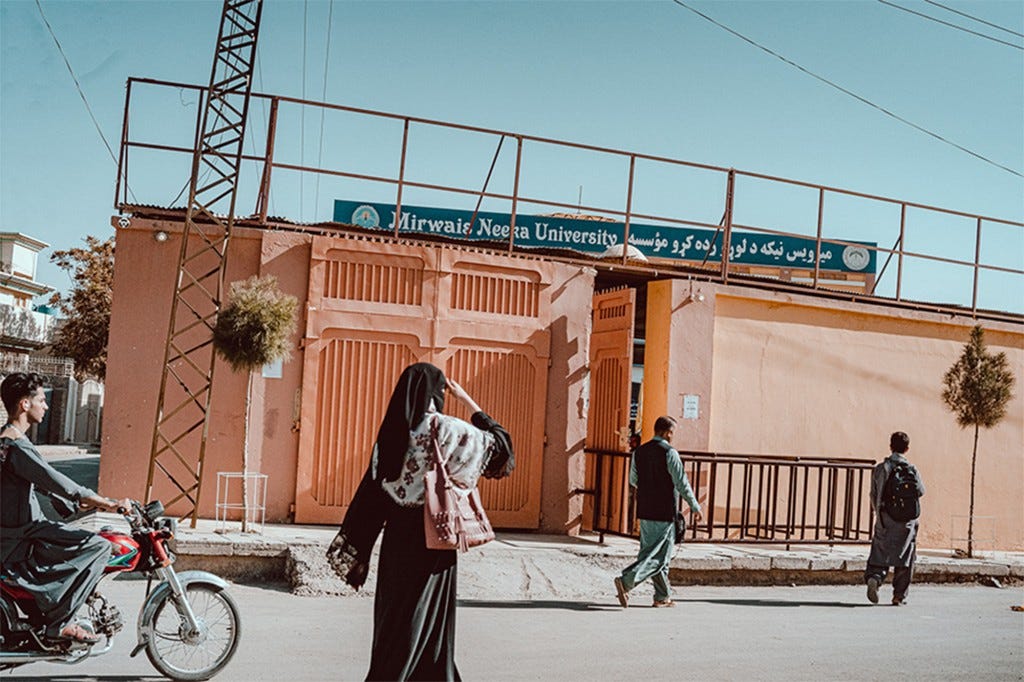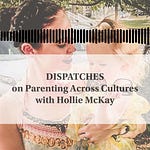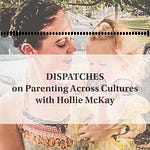“Surely, of all the wonders of the world, the horizon is the greatest.”
– Freya Stark, explorer
Perhaps one of the strangest realities since the Taliban takeover last month is that, unlike in years past where travel outside of Kabul was typically wrought with immense danger and often unthinkable, the whole country has seemingly opened up. The once unpaved roads ripe for kidnapping are open – albeit a danger in and of themselves – and yet I am able to traverse through the ancient ruins of Ghazni, the Taliban strongholds of Logar, the poppy fields of Helmand, and we even visited the mosque where it all began.
Wedged inside an ancient village in Sange Saar, Kandahar – in a mud room with a single brown prayer mat – Mullah Omar rallied his devotees in 1994 and ultimately, the Taliban movement was militarily and ideologically born. The most interesting observation for me was that, unlike much of the Taliban who don’t look or acknowledge me, the village elders and the imam – who are tasked with upholding the legacy of the hardline Islamist movement – seemed to have no issue engaging me or even probing my personal life. It felt a far cry from much of what is disseminated to the rank and file.
Furthermore, traveling through some of the most rural pockets on the planet is a reminder that while much of the international coverage of Afghanistan is determined from the lens of Kabul, many Afghans lead very different lives in rural villages and rugged mountains. For most of the men and all the children, this marked the first time they had ever seen a foreigner. For the young girls, my working with a team of men and conducting interviews brought about great confusion and curiosity and questioning whether I was a boy or girl.
It's important to remember that the lives of rural women are generally far different to what is portrayed from the capital, and it's important that both voices are acknowledged and heard throughout this new epoch.
WHO EXACTLY IS HIBATULLAH AKHUNDZADA, THE TALIBAN’S SUPREME LEADER?
He is now the most influential person in Afghanistan, and yet he remains a recluse, relegated to the shadows. The images of him circulating the internet appear to be years old. Moreover, his failure to address the public has sparked a fresh wave of conspiracies – even within Taliban circles – that he is no longer alive.
However, the newly-appointed Supreme Leader of the Islamic Emirate of Afghanistan – the official term for the Taliban government – is said to be pulling the strings and meeting with his close confidantes, awaiting the “right moment” to face the curious world.
But who exactly is Mawlawi Hibatullah Akhundzada?
The shadowy cleric has led the Taliban since May 2016, after his predecessor Mullah Akhtar Mansour was killed in a drone strike. Akhundzada, who his followers refer to as “Commander of the Faithful,” has the final word on all things political, military and religious – and in a similar vein to neighboring Iran’s Supreme Leader Ali Khamenei – can make or break the already deeply divided and bloodstained nation.
According to one local, a 22-year-old named Zabiullah, who resides in a small village tucked inside Sange Sar, Kandahar – the birthplace of the Taliban movement, where Mullah Omar rallied the troops from a small, primordial mosque – Akhundzada came to town just two weeks ago. He is said to have met with locals at the nearby Shah Waliullah baba shrine. It marked his first visit to the area – complete with a 10 to 15-person security team – since the Taliban takeover.
“People love him here,” says Zabiullah. “He is very respected. People are very happy with him here.”
Akhundzada was reported to have been residing in Quetta, Pakistan, during the outfit’s insurgency years. Still, we’re told he is now in Kandahar, given the Taliban’s rise to governance. Believed to be around 50-60 years old and born in the province’s Takhta Pul district, the leader supposedly has a religious and scholarly background with no direct battlefield experience.
Akhundzada was not a founding member of the Emirate, yet has amassed a loyal following from the pioneers of the militant jihadist faction. In addition, Akundzada has personally taught Islamic studies to scores of Taliban commanders and fighters, garnering an internal cult-like following for his staunch, classical Islamic interpretations and legal knowledge.
READ MORE ABOUT THE SUPREME LEADER HERE
TALIBAN HAVE YET TO GIVE TIMELINE ON WHEN AFGHAN WOMEN CAN RETURN TO SCHOOL
The old-fashioned classroom is tucked behind a snaking stretch of rocket-cracked roads and arid plains inside a village named Abbazak. There, boys with UNICEF notebooks sit at simple wooden tables and scribble math equations on the chalkboards.
This is the students’ first week back to the books since the sudden Taliban takeover of the Presidential Palace on Aug. 15.
While the boys’ education continues, it’s unclear when — or if — girls too will be allowed to resume their education. The Taliban thus far have only allowed boys of all ages to return to school. Girls in sixth grade and under have returned, but only under strictly gender-segregated conditions. However, high schools are still firmly shuttered with no mention from the Ministry of Education regarding a reopening anytime soon.
“Afghanistan is an Islamic country, women and girls should go to work and schools, but we face economic issues. We want girls to be separate from boys, and arranging that will take some time,” says Mawlawi Noor Ahmad Saeed, director of information and culture for Kandahar province. “We have the facilities, but we don’t have the transport part. So the whole issue is about transport.”
CLICK TO READ MORE ABOUT HOW THE TALIBAN ARE JUSTIFYING THE EDUCATION FREEZE FOR GIRLS
AFGHANS DYING AT BORDER AS TENSIONS INTENSIFY BETWEEN TALIBAN, PAKISTAN
A humanitarian situation in Afghanistan is rapidly unraveling at the Pakistan border town of Spin Boldak.
Thousands of people — including families and disabled individuals being pushed in wheelbarrows — languish on the burning, dusty tracks. Many have been waiting days to pass through the shuttered gate to the adjacent Pakistani city of Chaman, crying and begging for the chance to seek life-saving medical aid or to be reunited with loved ones.
The area has become a “military zone” over the past several days, according to the Taliban police officials who now patrol the overstuffed space. It marks a worrisome sign of brewing conflict between the two neighboring nations.
“Pakistan is creating problems. We have an understanding with Pakistan to allow Kandahar people to cross into Pakistan. In return, people from Chaman and Quetta can enter Afghanistan using National IDs,” laments Mohammad Sadiq Sabery, 28, one authority in charge of the border area in Kandahar.
Trucks remain backed up for miles, their perishable goods rotting under the brutal September sun. Entire families, starved and afraid as Afghanistan falls into a grave economic crisis, sleep on mounds of earth for multiple nights — rising in the early morning to make the fruitless trek to the fortified checkpoint, only to be turned away.
Meanwhile, the Taliban are calling on Pakistan to open the border at the very least on urgent humanitarian grounds. In addition, the blockade is said to be worsening the trade and commerce crisis, with many lamenting they can no longer afford to put food on the table as the truck backup has continued for over two weeks.
Earlier this month, a rush toward the entry checkpoint resulted in the death of at least one person. However, those patrolling the boundary on the Afghan side claim that over the past week, several people have perished from dehydration and heatstroke and because they could not access life-saving medical care in Chaman, Pakistan.
Women weep beneath their blue and gray burkas. Some only possess a bedsheet to cover their faces. I realize many are doubled over in pain and frighteningly gaunt, with eyes protruding from frail faces and hands covered in angry burns and scars. Infants cling to their mothers, no longer even crying.
“Three months ago, I went to see a doctor there [Pakistan], and the doctor has asked me to return to carry out an operation,” one woman with yellowed eyes whispers. “But they are not allowing us.”
None of the women huddled under a scrap of metal for shade are old, yet they all seem ancient, waiting for permission to cross. Another man comes over to tell me he has not been allowed to cross over to collect the body of his father-in-law, who he says died three days earlier.
CLICK TO READ MORE ABOUT THE CRISIS ON THE BORDER
DESPERATE WAYS AFGHANS ARE TRYING TO FLEE THE COUNTRY
While some 120,000 people were evacuated by the United States and its partner nations in the final frantic weeks of the US withdrawal and Taliban takeover of the country, hundreds of thousands more remain, still desperate to flee — turning to any route possible and in fear for their lives.
“It has been my third time changing locations in the last couple of months,” Mir, 28, says anxiously from a distant relative’s home a couple of hours from an Afghan border town. “Everyone locally here knows me as ‘the driver.’ My youngest brother last year was targeted and killed by unknown people. Taliban carry night raids now and take people out. I am safe because they haven’t located me so far.”
Mir started his 12-year run as a driver for the US military and contractors when he was just 16 years old, he explains, unveiling a trove of carefully kept certificates, documents and letters of recommendation. He and six other members of his family — including his mother, sister, niece, wife and their two children, ages 4 and 8 months — at the time were waiting on tenterhooks to get the green light on an escape plan.
Often, such operations are coordinated by US veterans groups in a bid to help those who aided and served the United States through its 20-year presence in the conflict-ridden country.
Some activists have also expressed concern over the safety of the small Christian community — estimated to number around 10,000 and mostly comprised of converts from Islam — left behind in Afghanistan. The former government, the Islamic Republic of Afghanistan, did not recognize any Afghan as a Christian and converting was considered illegal. It is expected that the new Islamic Emirate of Afghanistan will take an even more stringent approach to religious diversity. Even before the Taliban’s rapid rise to power last month, monitoring group Open Doors deemed Afghanistan the second-worst country for Christians.
“We’ve extracted a total of 44 people so far — 31 of the group were children, and seven were Christians,” Ephraim Mattos, a former Navy SEAL and founder of Stronghold Rescue & Relief, says. “The list at this point is close to 200 people — many of whom are Christians. We desperately need more support to get the Christian families out in particular.”
Washington has not carved out a special status for Christians or other religious minorities endeavoring to enter the US. However, provisions have been made for women at risk, journalists, academics, pilots and those who worked in the civil society sector. Moreover, there is little in the way of adequate housing or camps for internally — or externally — displaced Afghans.
Follow me on Instagram and Twitter for more updates
Photos courtesy of my brilliant photographer @JakeSimkinPhotos. Please consider a paid subscription to allow us to continue this work.


















Share this post